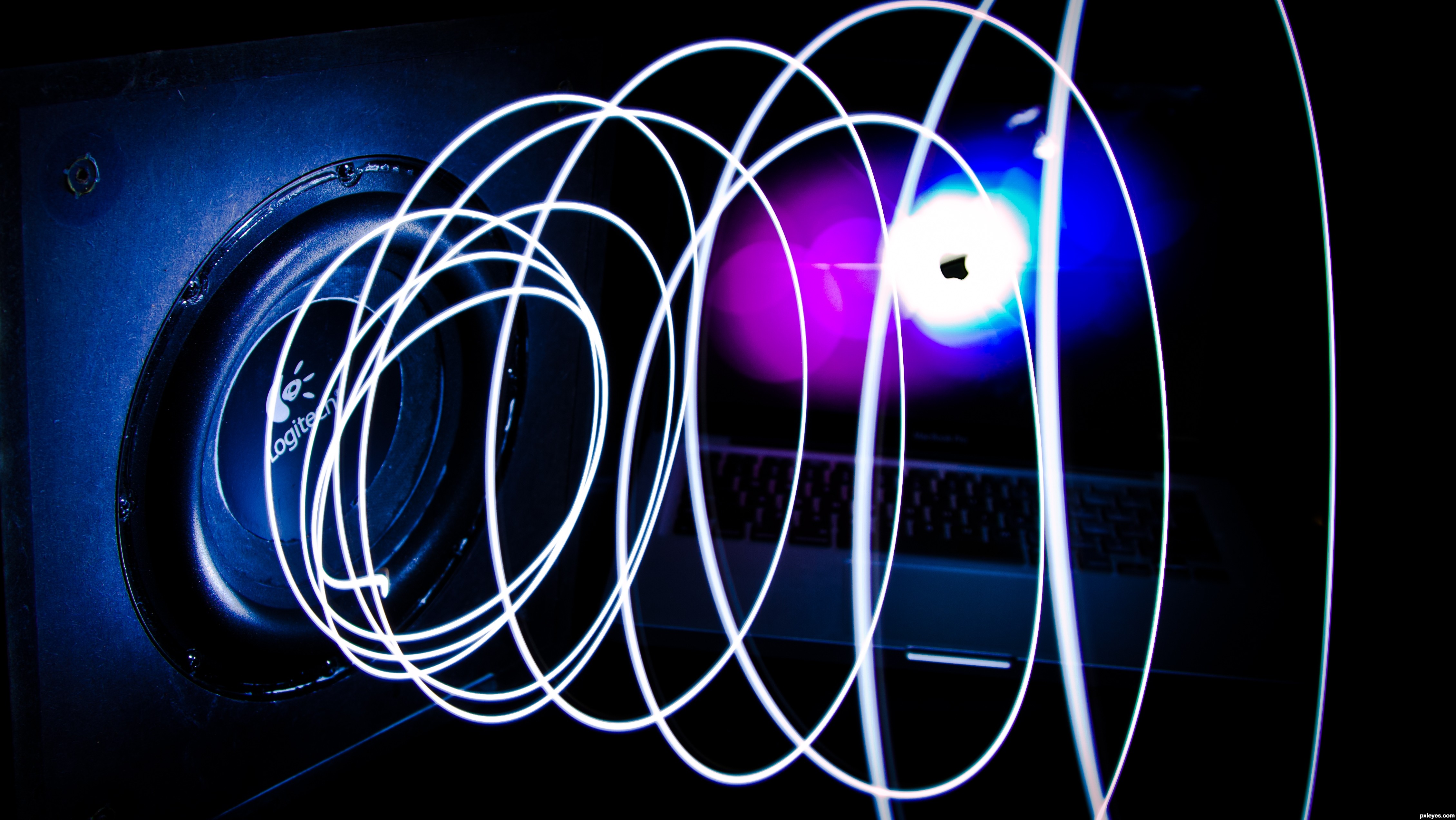

Their resolution primarily determines the quality and quantity of satellite imagery. Using an example we have all experienced, taking a picture with a flash-enabled camera would be active remote sensing, while using a camera without a flash (i.e., relying on ambient light to illuminate the scene) would be passive remote sensing. This natural source is typically the energy from the sun, but other sources can be imaged as well, such as magnetism and geothermal activity. Passive satellites, alternatively, make use of sensors that detect the reflected or emitted electromagnetic radiation from natural sources. Knowing the speed of the emitted signal, the time delay from the original emission to the return can be used to calculate the distance to the feature. In all cases, the sensor emits the signal and then calculates the time it takes for the returned signal to “bounce” back from some remote feature. For example, active sensors such as radars emit radio waves, laser sensors emit light waves, and sonar sensors emit sound waves. Active satellites make use of remote sensors that detect reflected responses from objects that are irradiated from artificially generated energy sources. These satellites maintain different altitudes, inclinations, eccentricities, synchronizes, and orbital centers, allowing them to image a wide variety of surface features and processes (Figure 4.14 “Satellites Orbiting the Earth”). Currently, more than 3,000 satellites have been sent to space, with over 2,500 of them originating from Russia and the United States. Satellites are used for applications such as military and civilian Earth observation, communication, navigation, weather, research, and more.

Remotely sensed satellite imagery is becoming increasingly common as satellites equipped with technologically advanced sensors are continually being sent into space by public agencies and private companies around the globe. They are often used to conduct heads-up digitizing, whereby features from the image are converted into vector datasets. Satellite imagery and aerial photography provide essential contextual information for a GIS. Although these products are raster graphics, they are substantively different in their usage within a GIS. A wide variety of satellite imagery and aerial photography is available for use in geographic information systems (GISs).


 0 kommentar(er)
0 kommentar(er)
